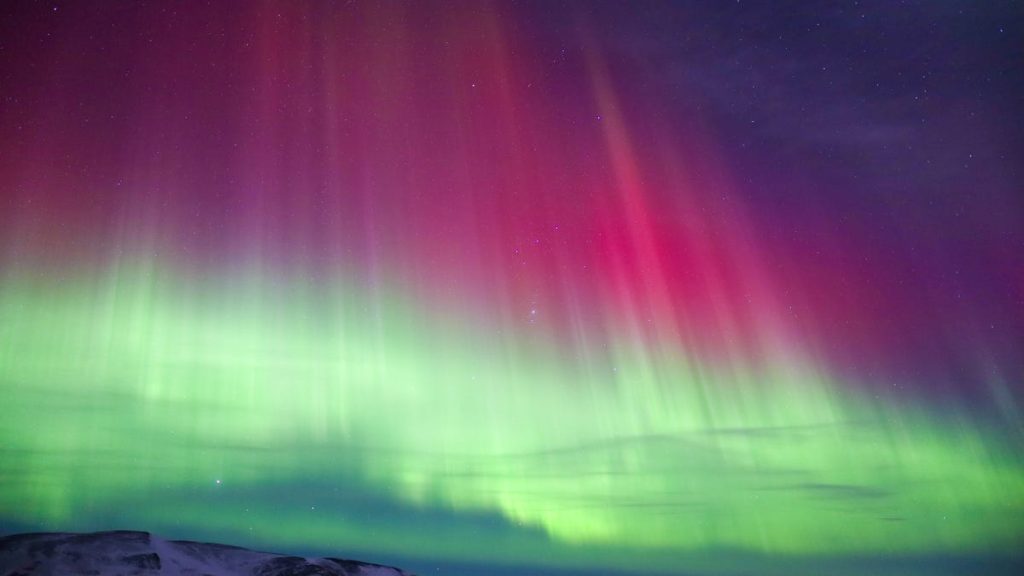This weekend’s aurora borealis light shows have provided photographers with the perfect opportunity to experiment and capture stunning images using their iPhone. Long-exposure shots, typically taken with a DSLR, are now achievable with the iPhone’s Live Photos feature, regardless of the model you own. By capturing movement and blurring it while keeping stationary objects sharp, the iPhone can create impressive long-exposure images even in bright daylight.
To take advantage of the long-exposure feature on your iPhone, you need a scene with both static and moving elements. Waterfalls, bodies of water, and busy city streets are ideal subjects to experiment with this technique. The long-exposure effect turns moving elements like water or people into blurry streaks, creating dramatic and atmospheric images. In the case of the aurora borealis, capturing the shifting lights through long-exposure photos can display colors and movement that the human eye may not perceive.
Activating Live Photos mode is essential for creating long-exposure images on your iPhone. By keeping the camera steady during the Live image capture, you can enhance the quality of the resulting long-exposure shot. It is also helpful to take multiple shots to increase the likelihood of getting a stable image. Once you have captured a Live image, you can easily transform it into a long exposure by using the relevant option in your gallery app.
If you do not have the opportunity to take new photos for long-exposure shots, you can explore your existing Live Photos for potential candidates. This feature allows you to apply the long-exposure effect to any Live image in your library, opening up a range of possibilities for creating dreamy and visually intriguing shots. By revisiting past adventures or everyday moments captured on your iPhone, you can uncover hidden gems and transform them into captivating long-exposure photos.












